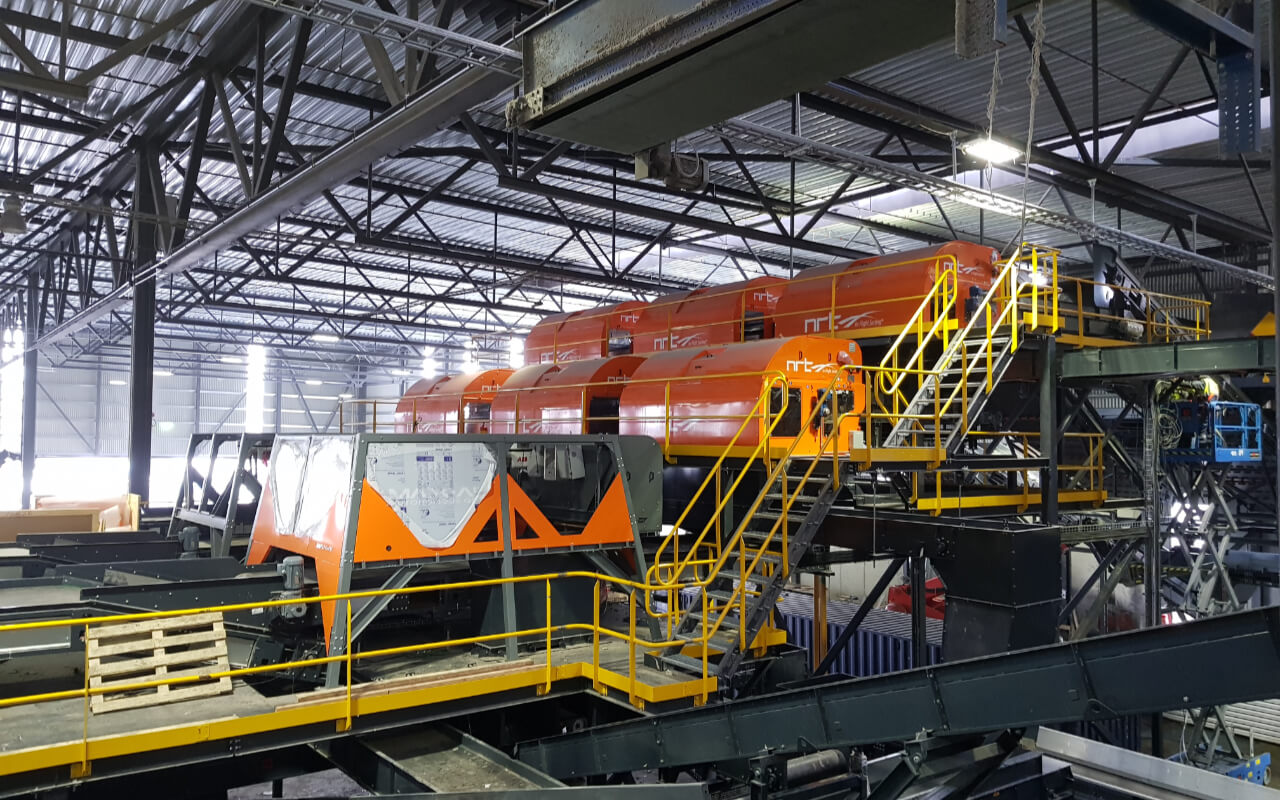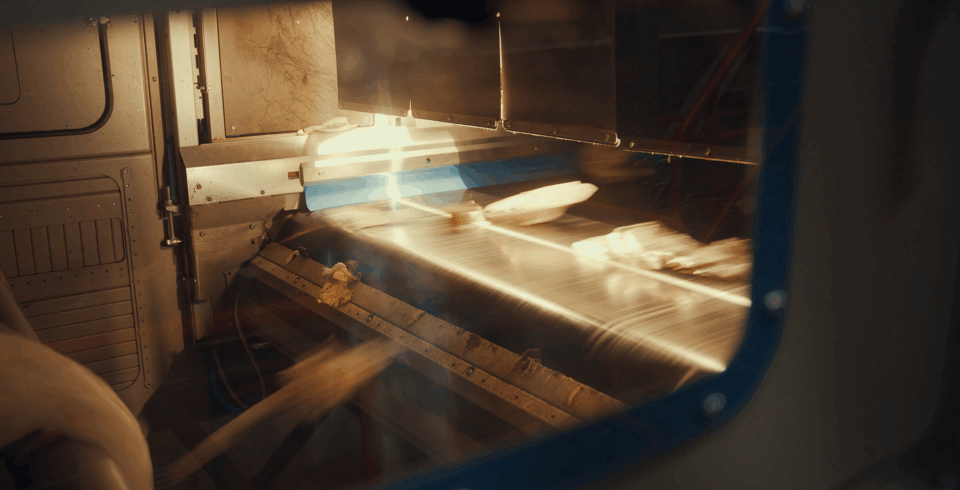The Ultimate Guide to Optical Sorters in Waste Sorting and Recycling

What are Optical Sorters?
Optical sorters are advanced automated machines that use sensors, cameras, and artificial intelligence to identify and separate materials based on their optical properties.
These properties include color, shape, size, transparency, and chemical composition. The primary goal of optical sorting is to improve the efficiency of waste processing and recycling by quickly and accurately sorting different materials with minimal human intervention.
Optical sorters typically use near-infrared (NIR) spectroscopy, visible light cameras, and X-ray fluorescence (XRF) to distinguish between materials such as plastics, metals, glass, and paper.
Once identified, the sorter uses air jets, mechanical arms, or conveyor belt redirection to separate materials into appropriate streams.

Using optical sorters in waste management and recycling
Today, optical sorters play an essential role in the modern circular economy, making sure that waste is efficiently recycled and reused.
Here are some of their main applications in different waste sorting and recycling facilities:
- Plastic Recycling: Optical sorters are used to identify and separate different types of plastics (e.g., PET, HDPE, PP, PVC) for high-quality recycling.
- E-Waste Sorting: Used to extract valuable metals and components from discarded electronics.
- Paper and Cardboard Sorting: Here, sorters remove contaminants to improve the quality of recycled paper products.
- Glass Recycling: Used to sort glass by color (clear, green, brown) to create high-quality recycled glass products.
- Metal Recovery: Separate ferrous and non-ferrous metals for reuse in industrial applications.
- Municipal Solid Waste (MSW) Processing: Improves the sorting of general waste to maximize the recovery of recyclables.
- Construction and Demolition (C&D) Waste: Helps recover recyclable materials such as wood, aggregates, plastics, and metals from mixed debris, reducing landfill use and supporting material reuse in the building sector.
Optical sorters help automate much of the sorting processes in waste facilities. Sorters reduce contamination in recycled materials, lower operational costs, as manpower can be allocated from manual sorting to quality control, and increase the overall efficiency of waste management facilities.
Top optical sorter manufacturers to know
Several companies lead the market in optical sorting technology, each offering unique features, technologies, and benefits. Below are the top three manufacturers (TOMRA Sorting Solutions, Pellenc ST, and Steinert GmbH) of optical sorters and how they differ from each other.
TOMRA Sorting Solutions
-
Headquarters:Norway
-
Technology:Near-Infrared (NIR), X-ray, Visible Light, Deep Learning AI
-
Best For:Plastic sorting, metals, municipal solid waste
-
Key Differentiator:TOMRA is a global leader in sensor-based sorting and is widely recognized for its advanced AI-powered systems. Their flagship AUTOSORT™ uses deep learning and NIR to separate materials with high precision, significantly reducing contamination. TOMRA is also known for its strong focus on sustainability and resource optimization.
Pellenc ST
-
Headquarters:France
-
Technology:Hyperspectral Imaging, NIR, Color Cameras
-
Best For:Mixed packaging waste, plastics, paper, textiles
-
Key Differentiator:ellenc ST’s Mistral+ Connect stands out with its real-time monitoring and remote-control capabilities, allowing operators to optimize performance dynamically. The company is well-established in Europe and is known for modular, operator-friendly solutions tailored for packaging waste.
Steinert GmbH
-
Headquarters:Germany
-
Technology:Magnetic Separation, NIR, X-ray, Laser Spectroscopy
-
Best For:Scrap metal, electronic waste, municipal waste
-
Key Differentiator:Steinert is an industry leader in metal recovery and complex material sorting. It combines robust physical separation with advanced optical technologies like X-ray fluorescence (XRF) to enhance purity and recovery rates. Its UniSort series integrates AI to improve material detection across diverse waste streams.
Which Optical Sorter should you choose for your sorting line?
Selecting the right optical sorter depends on several factors, including the types of materials being processed, the level of contamination, and the sorting facility's operational goals. Different technologies excel in areas such as plastics, metals, paper, and mixed waste streams, with features ranging from AI-based material recognition to real-time system monitoring and advanced separation techniques.
As global waste volumes continue to rise, optical sorting systems are becoming essential tools for improving recycling efficiency, reducing contamination, and supporting a more circular economy. Investing in a well-matched, future-ready sorting solution can significantly improve material recovery rates and overall operational performance.
Write us about your project!
At Azortum, we are committed to developing unique solutions that would be sustainable to operate and profitable for your company.
We have received your information and will be in touch with you shortly. Thanks!
